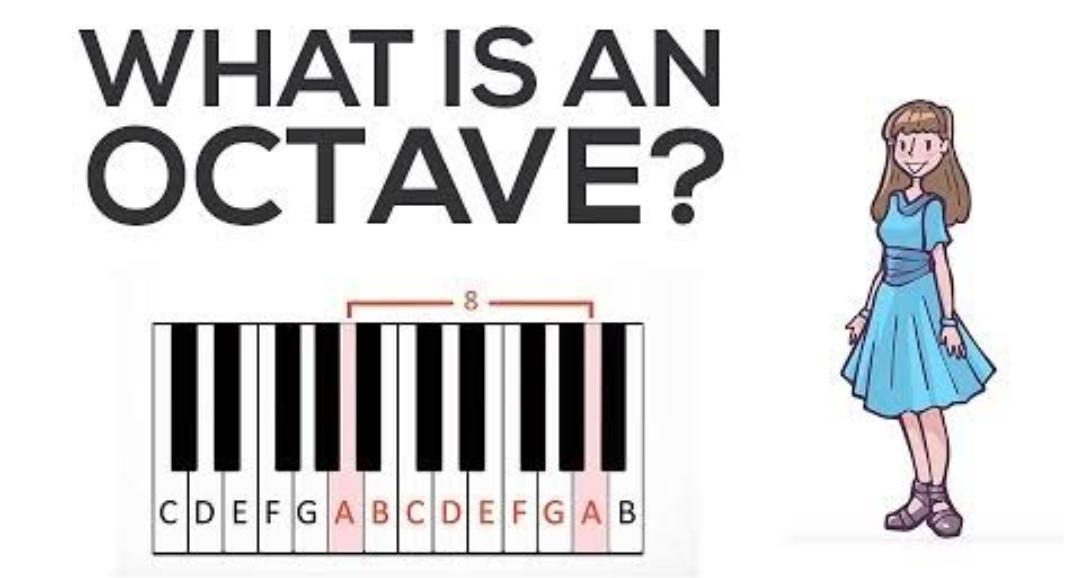Musical Octave Development
In origin of Swaras, one of the first swaras recognised pleasant to ears were Shadaj (Sa) and Pancham (Pa) Swara. It was realized that there is some gap between these swaras which is haven’t filled up yet. After more research Mathyam (Ma) sawara was identified. After this Swara to fill the gap between Pancham (Pa) and Shadaj (Sa) , another swara named Rishab (Re). Later swaras like Gandhar (Ga) , Dhewat (Dha) and Nishaad (Ni) were also found. By this way, entire group of swaras were classified.
It is said that this Saptak (Octave) was pioneered by Pythagoras who named it as ‘Hamitone’ . Therefore, it is also recognised by the name Pythagorean scale.
Shadaj – Pancham Saptak formation
Suitably Nishad Swara and Ganthar Swara were found less pleasant to ears. Sa – Pa grouped Swara was tried afterwards. For filling the gap between Sa and Pa, Re Swara was identified, but couldn’t be verified.
Shadaj – Mathyam Saptak Formation
After rigorous research taking focus to taar Shadaj(upper Sa) , its preceding swaras were taken namely Pancham and Mathyam Swara were taken for saptak formation which resulted in recognition of Nishad (Ni) swara. This practice was undertaken for a particular time for identification of swaras, later it was recognised that there should be a similar interval between swaras to form the different formation of Octave. This interval is identified by researchers as the Formation of Shruti.
Formation of the Diatonic Scale
The satisfactory scale was not found yet. There were consistent efforts by scholars for preparing high octave. Later it was found that Swara Sa, Ma and Pa if grouped together found pleasant to ears. In ratio to Sa , Swaras Sa, Ga and Pa were found. In ratio of Ma, swaras Ma, DHA and Higher Sa were found.Similarly In ratio of Pa , Swaras Pa, Ni and Re were found. Re was the swara which was put in lower to form a complete Octave.Thus scale was named as Sacha Swar Saptak or Natural Scale. In this octave, three intervals can be found. Orderly there are 9/8,10/9 and 14/15. In their intervals very minute gap was found between the first two, therefore they were called as ‘Tone’ and 14/15 was called “semitone”.In this interval, only semitone and tone were found out therefore this interval was termed as Diatonic scale.
Chromatic Scale
In all these Swara, each Swara was kept with a distance of one semitone Because one octave consist of 12 swaras, therefore, swaras kept in similar order are called the chromatic scale. In this scale, 2 Swaras can be seen with the same name, for example, C and C# or D and D# etc.If this scale is put upper than 12 swaras so the next swaras will be two times higher than the first ones like, the 15th swara will be 2 times higher than 3rd Swara. For instance C major, there will be a gap of one tone from C to D and distance of 1 semitone between the swaras of C.


0 Comments